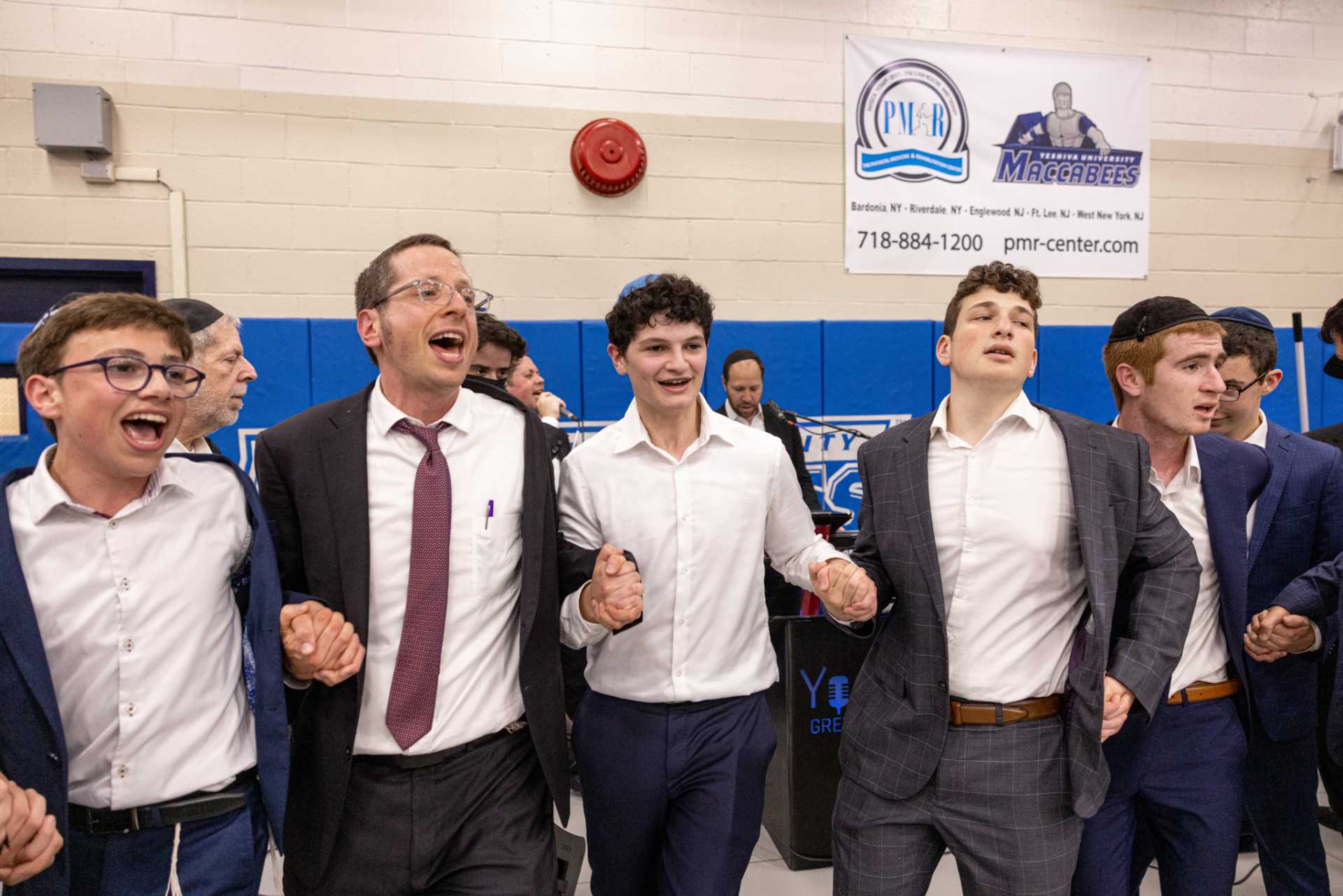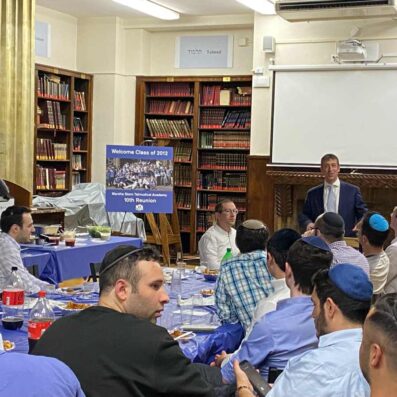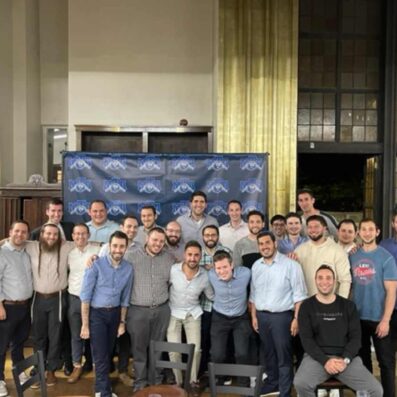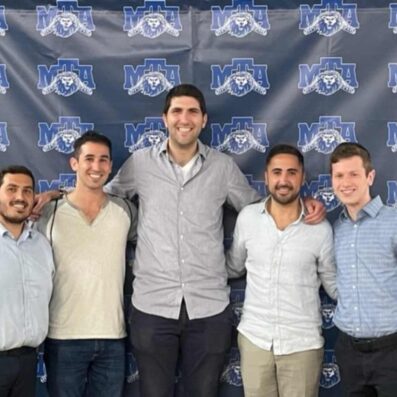Symbolically, the tefillah of Kol Nidrei as hataras nedarim presents a powerful model that sets the tone for a meaningful day of teshuvah on Yom Kippur. The mechanism through which hataras nedarim works is that we retroactively annul our vows due to the overwhelming regret we have for having made these vows initially. Meaning, had we properly understood the impact of these vows, we would have never done so. By acknowledging this, we are able to undo the initial vow. Rav Soloveitchik זצ”ל suggests that this formula is what we are expressing regarding all of our sins. We miscalculated when we sinned, failing to realize the impact and magnitude of what we did wrong and what we could have done better in this situation. Just as we do in regards to hatteras nedarim at kol nidrei, we ask Hashem to wipe away our sins, annulling them retroactively and allowing us to move forward with a clean seat, not bound by our past mistakes.
Achieving this level of clarity and ensuring that it is implemented into our actions moving forward is a challenging commitment. The process of undoing our past mistakes, and the attached commitment to better decisions moving forward requires support and reinforcement. This support is provided by a sense of achdus, camaraderie, symbolized by the chazzan being flanked on both sides by community leaders. Rav Soloveitchik points out that this set up is reminiscent of the leadership of Moshe Rabbeinu when Bnei Yisrael fought against Amalek. Moshe put his hands up to the sky, reminding us that our actions, our battles, are determined by Hashem. In this pivotal moment, delivering this fundamental message, Moshe was accompanied by Aharon and Chur.
As we prepare for Yom Kippur, we do so with the strength of community. We reflect on the challenges and the successes of this past year, the instances in which in hindsight we could have done better, as well as the points of pride in which we remember the greatness we each embody. Most importantly, we look forward as an alumni community and take strength in knowing that we move forward together, with a commitment to continued growth.
Best wishes for a גמר חתימה טובה – a year in which הקדוש ברוך הוא should shower us with His abundant blessings.











